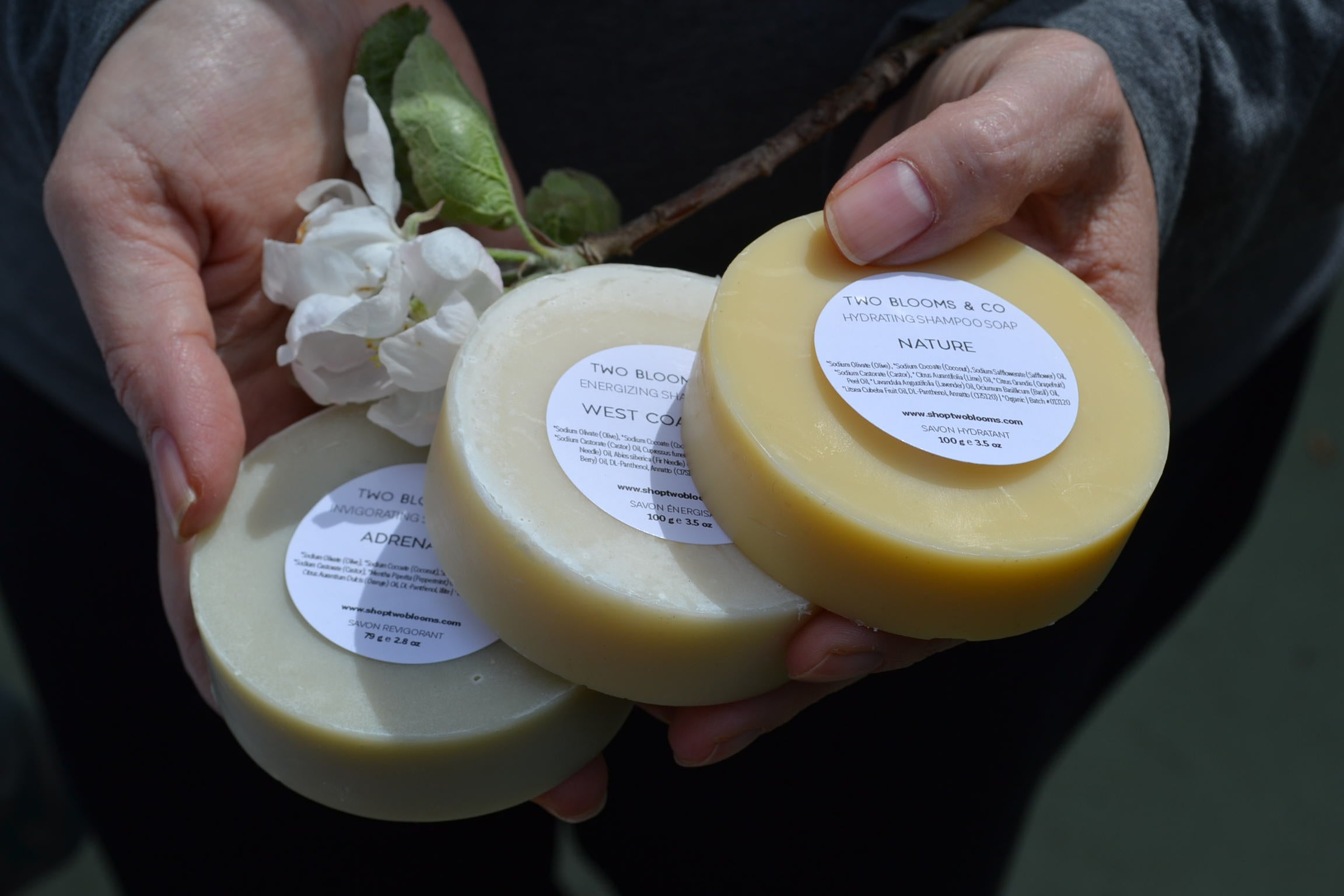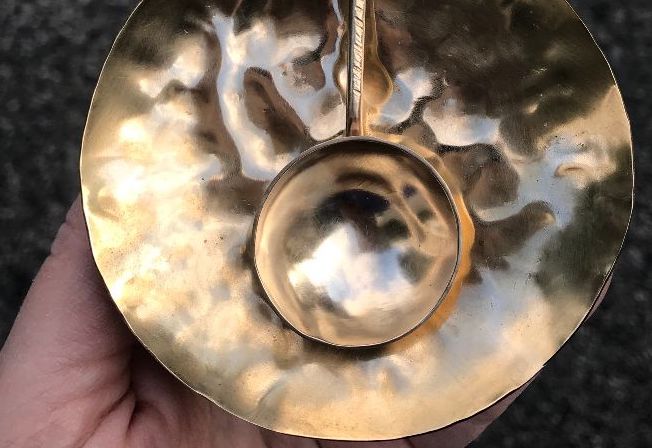What is the Dealeo with Colourants?
Another topic with so many views out there. So I’ll explain briefly the various colourants and what we use in our products.
There are FD & C colourants usually indicated on the label by D&C Red 7 or sometimes just Red 7 etc. These are cosmetic dyes that are synthetic and there is much controversy surrounding these. In the USA these are certified by Food and Drug Administration (FDA) that controls the specifications and use for all food, drug, and cosmetic colors. In Canada this falls under Health Canada. Most makers use the approved varieties of these colours. The most controversial of these colours is the Red Dye 40. Remember a lot of these dyes are found in the foods we eat.

The next group of colourants are the Oxides and Ultramarines. These are commonly used in makeup and mineral makeup. They are bright colours. The majority of sellers use cosmetic grade. This type is skin safe. They can be found in raw form but they are not safe due to lead and heavy metals. In order for them to be skin safe these colours are synthetic and created in labs. These are usually labelled oxides, ultramarines or CI77289.

Micas are commonly used in soaps and beauty products. These exist in raw form as well but again contain harmful metals. They are produced in a lab as well in order for them to be skin safe. Most of these contain FD&C dyes and these are not considered natural but there are exceptions out there that only contain tin oxide and titanium dioxide and these are considered natural along with labeling of just mica.

The last group of colourants are those that many classify as natural. Natural is a very difficult term because it can mean so many things. The FDA looks at colourants as those that need certification and those that don’t. These colourants are usually Clays, Seaweed Extract, Indigo, Charcoal, Annatto, Paprika, Alkanet Root, Rattanjot and the list goes on. These are usually labelled like they sound except for Kaolin which is a clay and a few others.

The only place we use these colourants is in our soaps and nail polish. Half of our soaps fall into the last group of colourants that are considered natural and half fall into the mica oxides and ultramarines category. Why you ask? We love the natural colourants but they tend to be more muted and can fade over time. We love colour so half of our soaps are made with more vibrant stable colours that don’t fade. Keep in mind colourants usually make up about 1% of a soap recipe and sometimes less, and soap is a wash off product.
There isn’t a right or wrong here but you have to decide which type of colour you prefer or if it even matters at all.
Are colourants important to you? Let us know.










Leave a comment